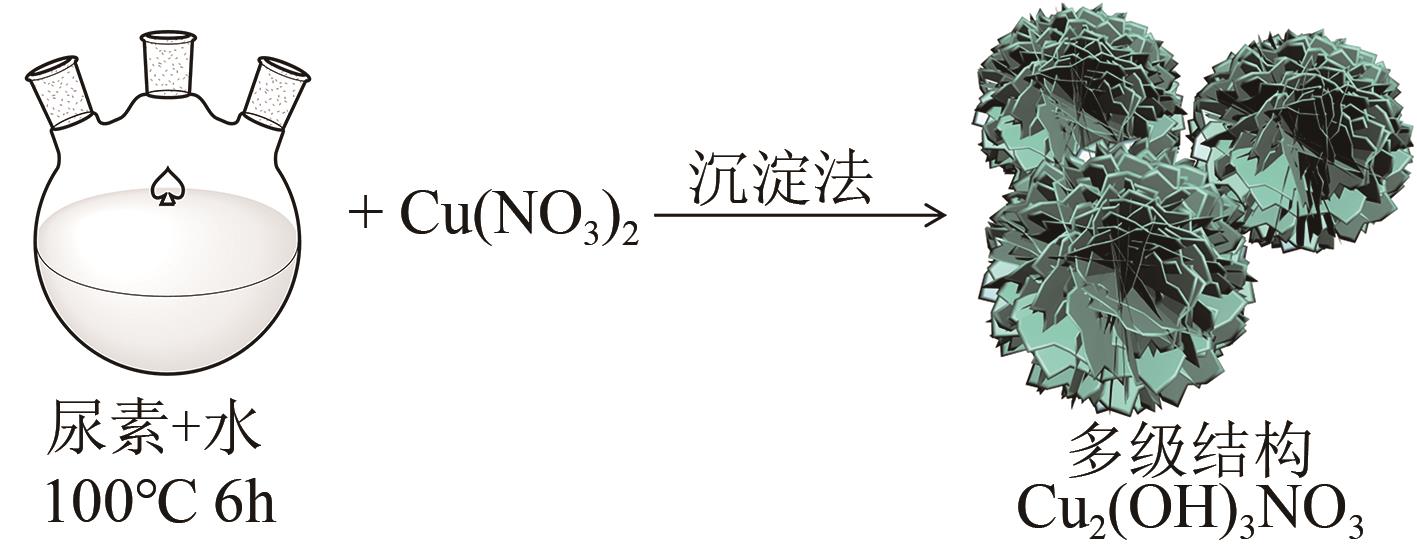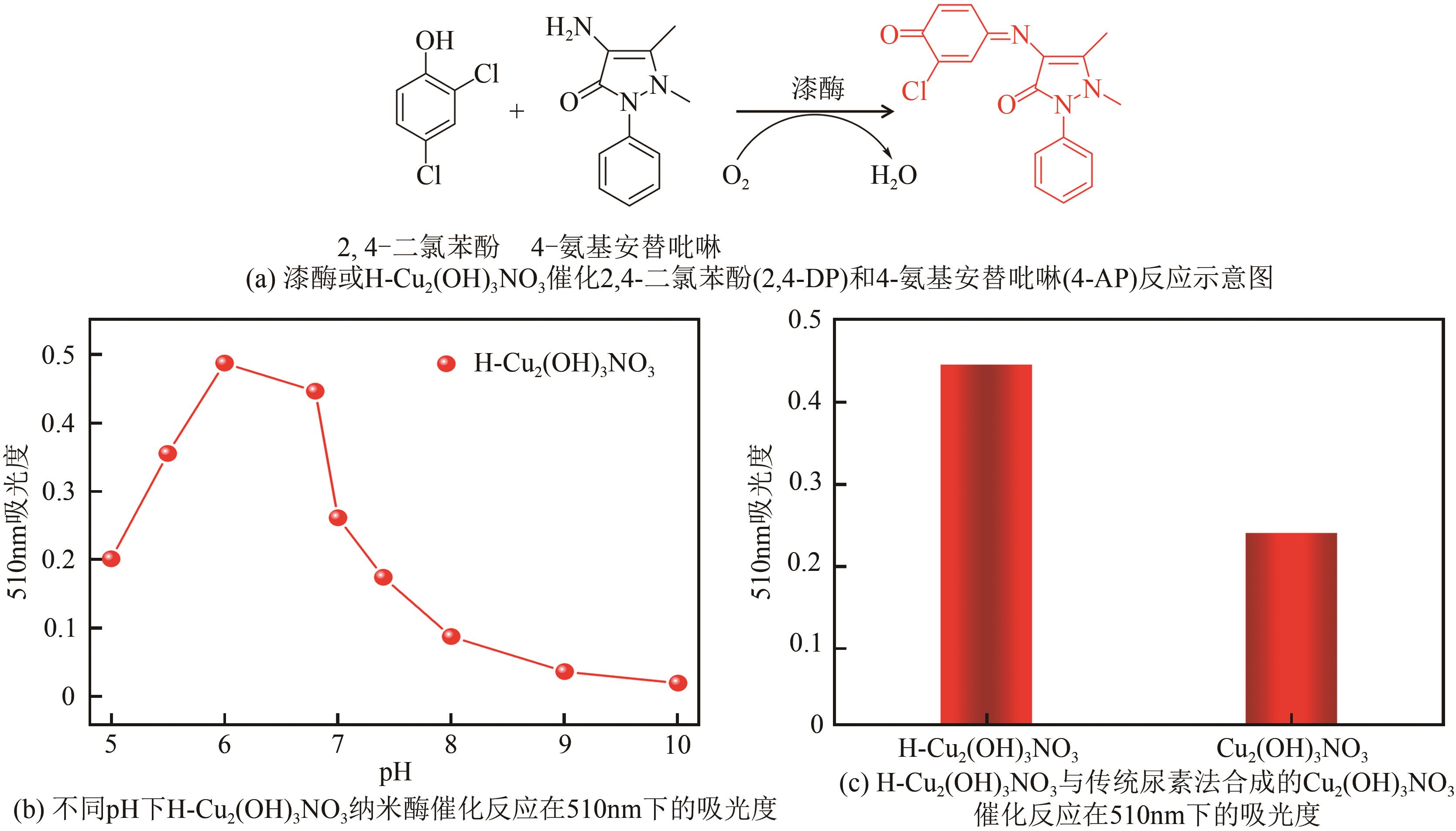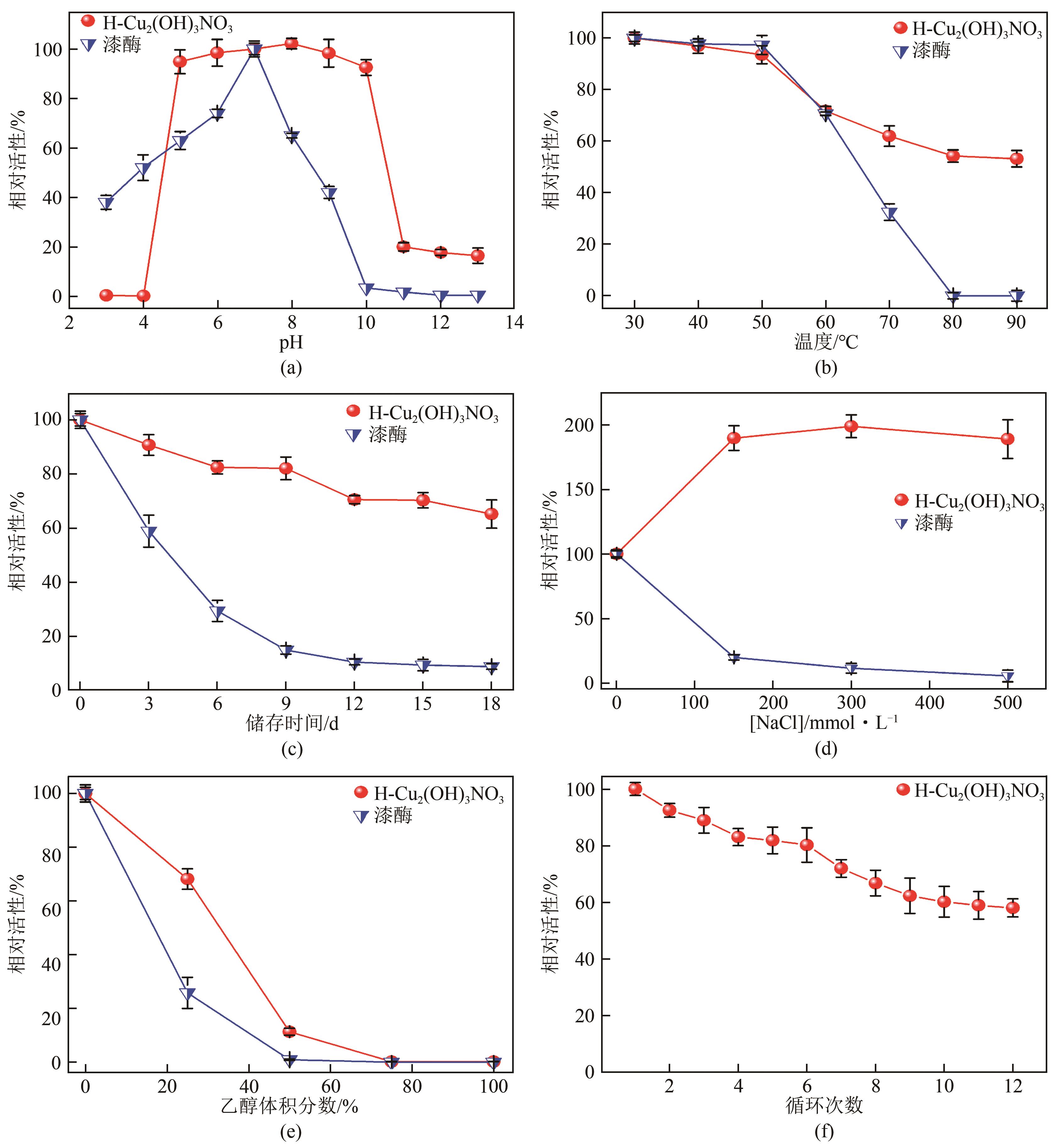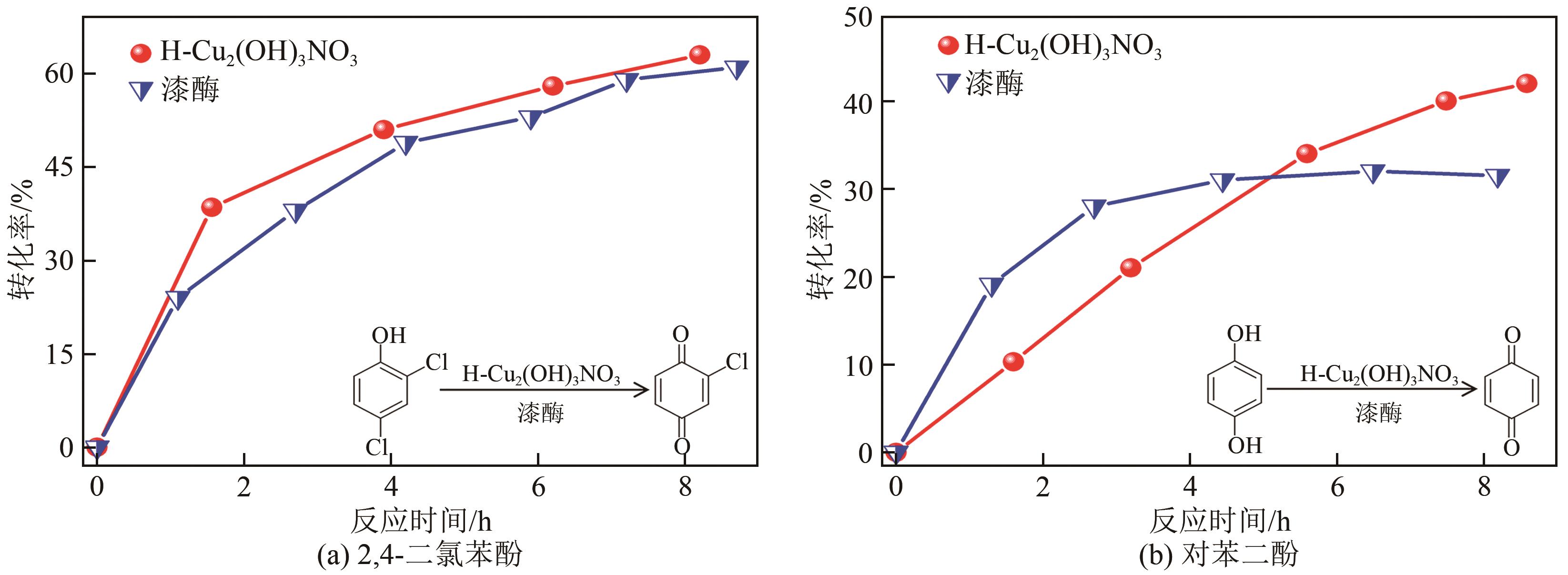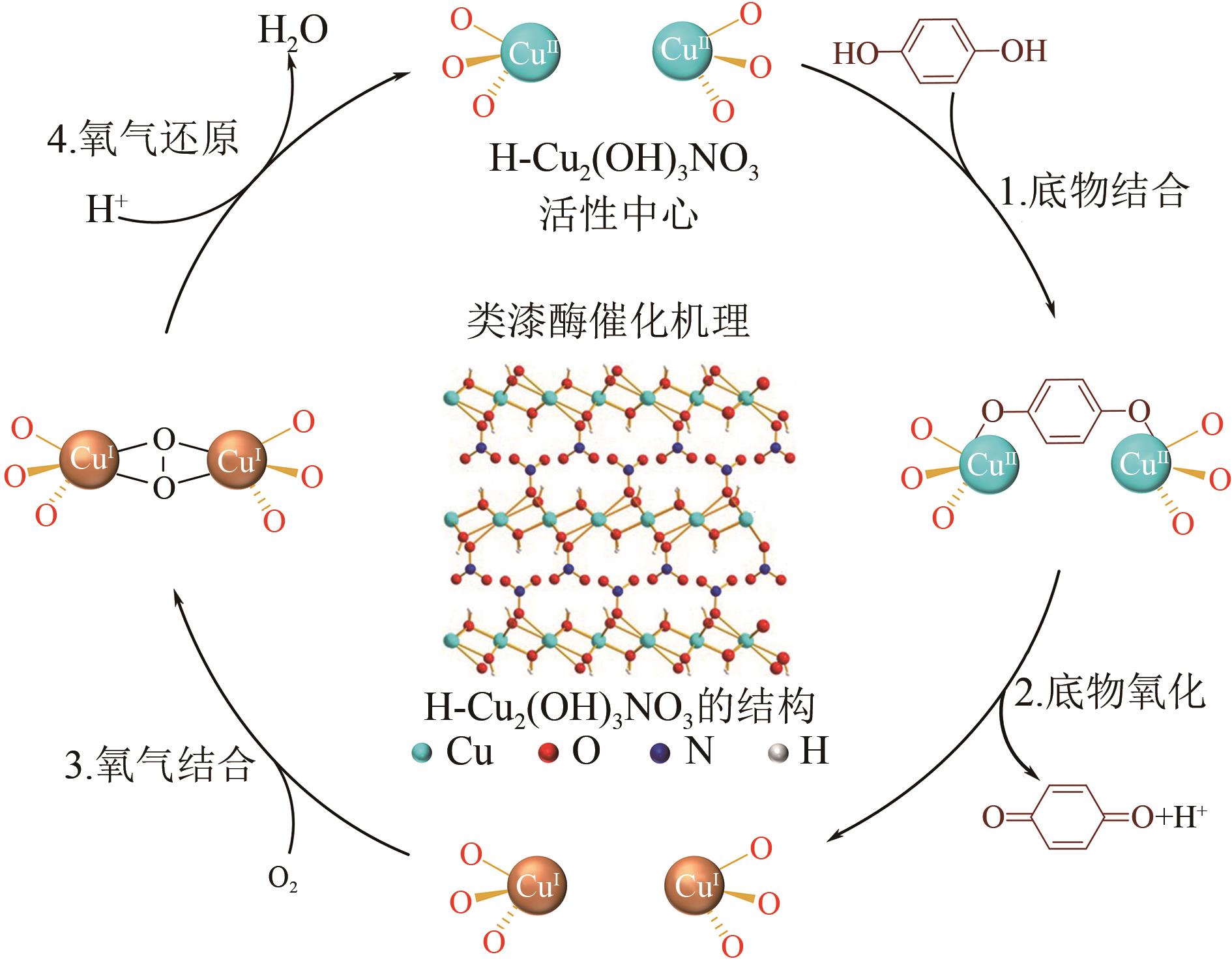| 1 |
Carlos BARRIOS-ESTRADA, DE JESÚS ROSTRO-ALANIS Magdalena, MUÑOZ-GUTIÉRREZ Blanca Delia, et al. Emergent contaminants: endocrine disruptors and their laccase-assisted degradation: a review[J]. The Science of the Total Environment, 2018, 612: 1516-1531.
|
| 2 |
Patricio PERALTA-ZAMORA, PEREIRA Cláudia M, TIBURTIUS Elaine R L, et al. Decolorization of reactive dyes by immobilized laccase[J]. Applied Catalysis B: Environmental, 2003, 42(2): 131-144.
|
| 3 |
SRIKHAOW Assadawoot, SMITH Siwaporn Meejoo. Preparation of Cu2(OH)3NO3/ZnO, a novel catalyst for methyl orange oxidation under ambient conditions[J]. Applied Catalysis B: Environmental, 2013, 130/131: 84-92.
|
| 4 |
徐小妹,潘顺龙,李健生, 等. 多孔载体负载型Fenton催化剂降解酚类污染物的研究进展[J]. 化工进展, 2014, 33(6): 1465-1474.
|
|
XU Xiaomei, PAN Shunlong, LI Jiansheng, et al. Reserch progress of phenols degradation with Fenton catalyst supported on porous materials[J]. Chemical Industry and Engineering Progress, 2014, 33(6): 1465-1474.
|
| 5 |
JIA Jincan, WANG Honghong, NIU Helin, et al. Highly selective adsorption of organic dyes containing sulphonic groups using Cu2(OH)3NO3 nanosheets[J]. Journal of Nanoparticle Research, 2016, 18(9): 1-11.
|
| 6 |
HENRIST C, TRAINA K, HUBERT C, et al. Study of the morphology of copper hydroxynitrate nanoplatelets obtained by controlled double jet precipitation and urea hydrolysis[J]. Journal of Crystal Growth, 2003, 254(1/2): 176-187.
|
| 7 |
ZHAN Yuzhong, ZHOU Xiang, FU Bei, et al. Catalytic wet peroxide oxidation of azo dye (Direct Blue 15) using solvothermally synthesized copper hydroxide nitrate as catalyst[J]. Journal of Hazardous Materials, 2011, 187(1/2/3): 348-354.
|
| 8 |
JONES Stephen M, SOLOMON Edward I. Electron transfer and reaction mechanism of laccases[J]. Cellular and Molecular Life Sciences: CMLS, 2015, 72(5): 869-883.
|
| 9 |
赖超凤,李爽,彭丽丽,等. 漆酶及其在有机合成中应用的研究进展[J]. 化工进展, 2010, 29(7): 1300-1308.
|
|
LAI Chaofeng, LI Shuang, PENG Lili, et al. Progress of applications of laccase in organic synthesis[J]. Chemical Industry and Engineering Progress, 2010, 29(7): 1300-1308.
|
| 10 |
BALDRIAN Petr. Fungal laccases-occurrence and properties[J]. FEMS Microbiology Reviews, 2006, 30(2): 215-242.
|
| 11 |
LI Galong, MA Pei, HE Yuan, et al. Enzyme-nanowire mesocrystal hybrid materials with an extremely high biocatalytic activity[J]. Nano Letters, 2018, 18(9): 5919-5926.
|
| 12 |
庞乾辉, 吴一鑫, 俞丽萍,等. 整体型大孔/介孔PDA/SiO2复合材料固定化漆酶及其在染料降解中的应用[J]. 化工进展, 2019, 38(2): 1018-1026.
|
|
PANG Qianhui, WU Yixin, YU Liping, et al. Immobilization of laccase on monolithic macroporous/mesoporous PDA/SiO2 composite and its application in dye degradation[J]. Chemical Industry and Engineering Progress, 2019, 38(2): 1018-1026.
|
| 13 |
张昊楠, 唐海, 刘方舟,等. 超声辅助改性ZSM-5分子筛固定化漆酶处理间苯二酚废水[J]. 化工进展, 2018, 37(8): 3214-3221.
|
|
ZHANG Haonan, TANG Hai, LIU Fangzhou, et al. Treatment of wastewater containing 1,3-DHB by laccase immobilized in modified ZSM-5 molecular sieves assisted by ultrosonic[J]. Chemical Industry and Engineering Progress, 2018, 37(8): 3214-3221.
|
| 14 |
WU Jiangjiexing, WANG Xiaoyu, WANG Quan, et al. Nanomaterials with enzyme-like characteristics (nanozymes): next-generation artificial enzymes (Ⅱ)[J]. Chemical Society Reviews, 2019, 48(4): 1004-1076.
|
| 15 |
LIN Youhui, REN Jinsong, QU Xiaogang. Nano-gold as artificial enzymes: hidden talents[J]. Advanced Materials, 2014, 26(25): 4200-4217.
|
| 16 |
FAN Kelong, WANG Hui, XI Juqun, et al. Optimization of Fe3O4 nanozyme activity via single amino acid modification mimicking an enzyme active site[J]. Chemical Communications, 2017, 53(2): 424-427.
|
| 17 |
FAN Kelong, XI Juqun, FAN Lei, et al. In vivo guiding nitrogen-doped carbon nanozyme for tumor catalytic therapy[J]. Nature Communications, 2018, 9(1): 1440.
|
| 18 |
Sangjin OH, KIM Jeonghyo, van Tan TRAN, et al. Magnetic nanozyme-linked immunosorbent assay for ultrasensitive influenza A virus detection[J]. ACS Applied Materials & Interfaces, 2018, 10(15): 12534-12543.
|
| 19 |
HUANG Lunjie, ZHU Qingrui, ZHU Jie, et al. Portable colorimetric detection of mercury(Ⅱ) based on a non-noble metal nanozyme with tunable activity[J]. Inorganic Chemistry, 2019, 58(2): 1638-1646.
|
| 20 |
VERNEKAR Amit A, Tandrila DAS, MUGESH Govindasamy. Vacancy-engineered nanoceria: enzyme mimetic hotspots for the degradation of nerve agents[J]. Angewandte Chemie, 2016, 128(4): 1434-1438.
|
| 21 |
WANG Rong, KONG Xiangyu, ZHANG Wentao, et al. Mechanism insight into rapid photocatalytic disinfection of Salmonella based on vanadate QDs-interspersed g-C3N4 heterostructures[J]. Applied Catalysis B: Environmental, 2018, 225: 228-237.
|
| 22 |
NEWMAN Steven P, JONES William. Comparative study of some layered hydroxide salts containing exchangeable interlayer anions[J]. Journal of Solid State Chemistry, 1999, 148(1): 26-40.
|
| 23 |
LIANG Hao, LIN Feifei, ZHANG Zijie, et al. Multicopper laccase mimicking nanozymes with nucleotides as ligands[J]. ACS Applied Materials & Interfaces, 2017, 9(2): 1352-1360.
|
| 24 |
AUGUSTINE Anthony J, KJAERGAARD Christian, QAYYUM Munzarin, et al. Systematic perturbation of the trinuclear copper cluster in the multicopper oxidases: the role of active site asymmetry in its reduction of O2 to H2O[J]. Journal of the American Chemical Society, 2010, 132(17): 6057-6067.
|
| 25 |
SOLOMON Edward I, SUNDARAM Uma M, MACHONKIN Timothy E. Multicopper oxidases and oxygenases[J]. Chemical Reviews, 1996, 96(7): 2563-2606.
|
 ), XIE Lianke1, WANG Jinghui2(
), XIE Lianke1, WANG Jinghui2( ), HUANG Renliang2
), HUANG Renliang2
